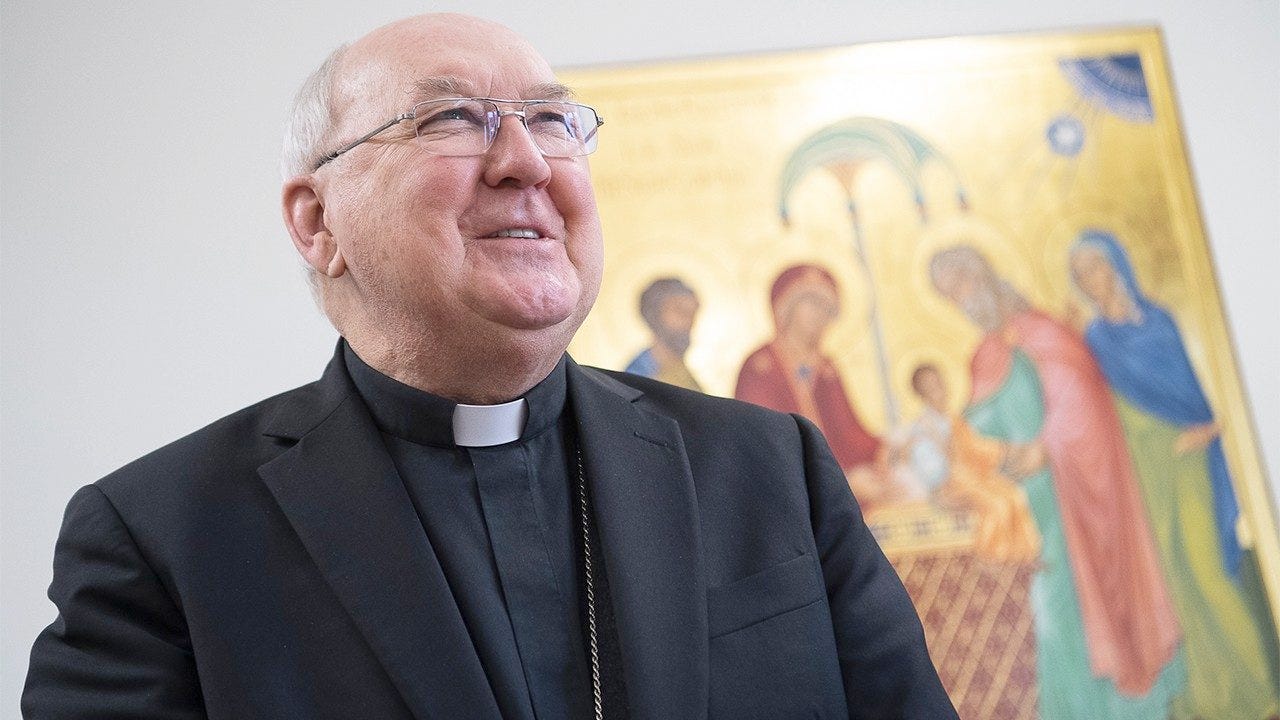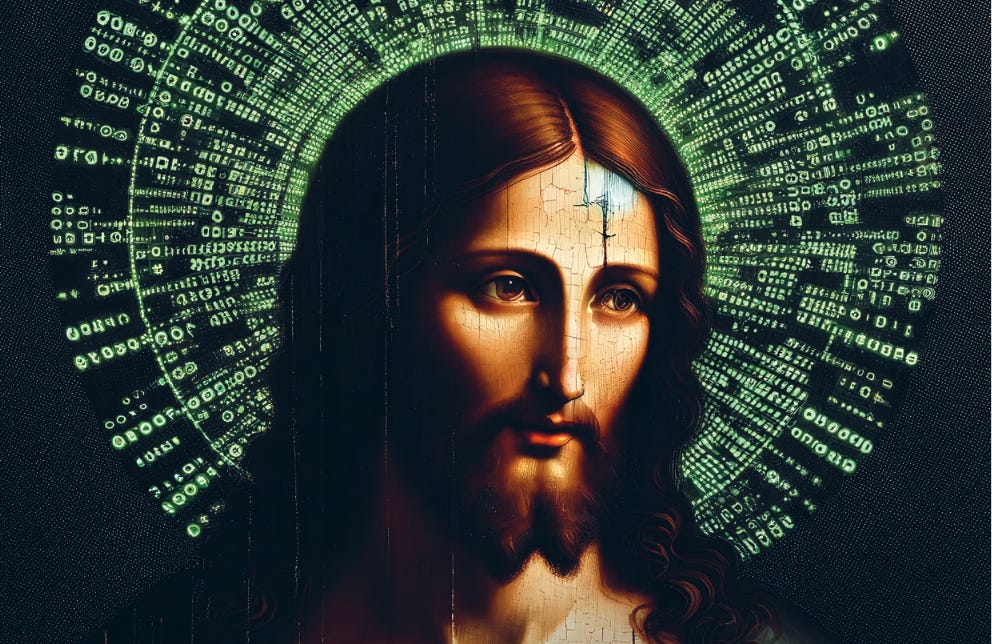Francis will become the first pope to visit Mongolia when he touches down Friday at the Chinggis Khaan International Airport.

Over the next three days, he will hop from one gathering to the next in the capital, Ulaanbataar.
One of the trip’s highlights is likely to be his Sept. 2 meeting with the country’s tiny Catholic community at Sts. Peter and Paul Cathedral.
According to the Vatican, there is a grand total of 1,394 Catholics living in a nation approximately the size of Alaska that is sandwiched between Russia and China.
The country’s most firmly established religions are Mongolian Shamanism, which today is practiced by a minority, and Buddhism, the majority faith.
When did Catholicism arrive in the country once regarded by Westerners as unfathomably exotic and remote? How has the Church fared? And why do some observers describe its recent growth as extraordinary?
Here is The Pillar’s timeline:

7th century A.D. The Mongols, an ethnic group native to Mongolia, begin to be evangelized by members of the Church of the East (often called “Nestorians”). Christians eventually become a “substantial minority,” with some holding powerful positions, such as Sorghaghtani Beki, Genghis Khan’s daughter-in-law, who held great sway in the 13th century.
1206 Genghis Khan (Chinggis Khan) founds the Mongol Empire, which will go on after his death in 1227 to become history’s largest contiguous land empire. He is regarded as a national hero in modern-day Mongolia, where he is honored with a giant stainless steel equestrian statue.
1246 The Italian Franciscan Giovanni da Pian del Carpine meets with Güyük Khan, the then-head of the Mongol Empire, delivering a letter, known as Cum non solum, from Pope Innocent IV, urging him to cease attacks on Christians and others. He responds by demanding that the pope submit to him.
1253 The Dominican priest Barthélémy de Crèmone visits Karakorum, the capital of the Mongol Empire, on a diplomatic mission on behalf of the King of France.
1254 William Rubruck, a Flemish Franciscan missionary, has an audience with Möngke Khan, the new leader of the Mongol Empire. Despite a courteous reception, he is not permitted to stay and engage in missionary work.
1289 John of Montecorvino, an Italian Franciscan missionary, is sent as a papal legate to the head of the Mongol Empire. In Mongol-controlled China, he translates the New Testament and Psalms into the Mongol language.
1368 The Mongol Empire collapses.
1691 Outer Mongolia, the territory corresponding to modern-day Mongolia, is formed when China’s Qing empire offers protection to the northern Mongols.
1840 Mongolia gains its own Catholic jurisdiction when an apostolic vicariate is created from territory previously belonging to the Diocese of Peking.
Dec. 21, 1883 Pope Leo XIII divides Mongolia into three apostolic vicariates — Eastern, Central, and Western and Southern Mongolia — overseen by Belgian missionaries.
1911 As the Qing dynasty crumbles, Outer Mongolia declares independence.
1921 With support from Bolshevik Russia, Mongolian forces drive out the Chinese army, which occupied the country in 1919, and once again declare independence. For the next 70 years, Mongolia is closely allied with the Soviet Union.
March 14, 1922 The Mission sui iuris (independent mission) of Outer Mongolia is established from the territory of the Apostolic Vicariate of Central Mongolia.
1924 The Catholic mission is renamed the Mission sui iuris of Urga. The socialist Mongolian People’s Republic is established with a creed of state atheism and all missionaries are expelled.

Nov. 8, 1983 Fr. Joseph Ma Zhongmu is ordained Bishop of Yinchuan, China, becoming the first bishop of Mongolian ethnicity.
1990 A peaceful democratic revolution leads to the country’s first free multiparty elections.
Jan. 13, 1992 Mongolia adopts a new constitution that guarantees religious freedom, paving the way for the return of missionaries.
April 4, 1992 Diplomatic relations are established between Mongolia and the Holy See. The Scheut Missionaries send three priests: Fr. Wenceslao Padilla, Fr. Gilbert Sales, and Fr. Robert Goessens. They seek to build up a Catholic community from scratch. Masses are initially celebrated in a hotel and then rented apartments, with congregations composed of expatriates. The mission is supported financially by the Church in South Korea.
Sept. 8, 1992 Lithuania’s Archbishop John Bulaitis is named the first apostolic nuncio to Mongolia.
1995 Only 14 Mongolian Catholics are recorded in the country.
May 27, 1996 The first Catholic church opens in Mongolia.
July 8, 2002 The mission sui iuris in Mongolia is renamed the Apostolic Prefecture of Ulaanbaatar. Fr. Padilla, from the Philippines, is named the Prefect of Ulaanbaatar.
Aug. 29, 2003 Fr. Padilla is ordained bishop by Vatican Cardinal Crescenzio Sepe.
Aug. 30, 2003 Sts. Peter and Paul Cathedral, a building shaped like a traditional Mongolian ger (yurt), is consecrated in Ulaanbaatar.
2004 The first modern Mongolian editions of the Catechism are published, along with a book containing common Catholic prayers.
2008 Bishop Padilla blesses Mongolia’s first Marian grotto, built with rocks contributed by parishioners.
Aug. 28, 2016 Fr. Joseph Enkh Baatar becomes the first native Mongolian priest. More than 1,500 people attend his ordination at Sts. Peter and Paul Cathedral.
Sept. 25, 2018 Bishop Padilla dies at the age of 68.
March 25, 2020 Bishop Ma, the first bishop of Mongolian ethnicity, dies at the age of 100. The China-based bishop had translated the Roman Missal into his native tongue and submitted it to the Vatican for approval. Approval never came, reportedly because no one at the Vatican knew the Mongolian language.
April 2, 2020 Bishop Giorgio Marengo, an Italian member of the Consolata Missionaries, is appointed the Prefect of Ulaanbaatar.
Aug. 27, 2022 Bishop Marengo receives the red hat, becoming the world’s youngest cardinal at the age of 48.
2023 According to Vatican figures, there are eight parishes in Mongolia and four other pastoral centers. There are 25 priests (6 diocesan and 19 religious), 33 professed religious sisters, 35 catechists, and six seminarians. The Church runs six schools, a medical clinic, a center for people with disabilities, and institutes hosting poor elderly people, as well as other institutions.
Sept. 1, 2023 Francis becomes the first pope to visit Mongolia.




